unmodern talking's Public Feed: ten thousand lonely drums Car...
ten thousand lonely drums
Carina Book verzichtet in ihrem Vortrag mit dem Titel „Der Kulturbegriff der Neuen Rechten“ auf hochtrabende einführende Worte und verschnörkelte Vorbemerkungen (wie wir sie so gut aus akademischen Kontexten kennen) und kommt gleich in den ersten paar Minuten zum Punkt. Der Kulturbegriff der Neuen Rechten lässt sich, so die Vortragende, etwa so charakterisieren: Kulturen sind klar voneinander abgrenzbar, in sich geschlossen und einheitlich. Es ist dabei ohne Zweifel feststellbar, welche Traditionen, Bräuche, Stilrichtungen usw. jeweils dazugehören und welche eben nicht. Dieser sogenannte Ethnopluralismus will alle Kulturen als an und für sich wertvoll und gleichwertig verstanden wissen – und versucht damit den miefigen Nachgeschmack des biologistischen Rassismus der Alten Rechten abzuschütteln.
Die Lobrede auf die diversen, edlen, unabhängigen Kulturen und die Betonung der „Vielfalt als Reichtum“ (was erstmal für viele vielleicht ungefährlich klingen mag) kommt aber natürlich nicht ohne ihre perfide Schlussfolgerung aus: Die Integrität, die Abgeschlossenheit und Unabhängigkeit der Kulturen muss geschützt werden – Kulturen werden von Durchmischung zerstört. Selbstredend geht schon die Vorstellung jener „Kulturen“ einer ganzen Reihe von Trugschlüssen (und quite frankly Hirngespinsten) auf den Leim:
1. Kulturen sind nicht klar voneinander abgrenzbar, in sich geschlossen und einheitlich.
2. Es ist nicht eindeutig feststellbar, welche Traditionen Bräuche, Stilrichtungen usw. jeweils „dazugehören“ und welche eben nicht. Und daraus folgt auch
3. Kultur wird nicht von Durchmischung zerstört – im Gegenteil, es sind gerade die Begegnungszonen, Zwischenräume und Interferenzen, die die Grundlage für jede Art kultureller Praxis bilden. Kulturen sind immer schon von Wechselverhältnissen geprägt, sie sind fluide, sie wuchern, sie grenzen sich ab und vereinnahmen, sind ambivalent und paradox. Das zeigen uns nicht zuletzt Phänomene wie der „Nordische Expressionismus“, der, von Vertreter*innen des Nationalsozialismus als die deutsche Kunst schlechthin markiert, schließlich in die Sphäre der sogenannten „Entarteten Kunst“ abrutschte. Von der Neuen Rechten würde genau diese Feststellung der Ambivalenzen und Paradoxien als Teil eines „totalitären Multi-Kulti-Regimes“ verworfen werden; der Neuen Rechten nach Nachgeburt und Produkt der 68er Bewegung und deren Geschwister und Kinder wie Queer-Feminismus, Political Correctness und gemäßigt linke Demokratien.
Gerade die 68er Bewegung bildet interessanterweise einen wichtigen Referenzpunkt für die Neue Rechten. Einerseits wird sie als „erfolgreiche“ Unternehmung in ihren Strategien und Theorien affirmativ untersucht und aufgegriffen und gleichzeitig dient sie in ihrer „elitären“ Ausrichtung und ihren „multi-kulti-Gutmensch“ – Nachwirkungen als bedeutender Konterpunkt. Auf die „Revolution der Eliten“ (= 68er Bewegung) solle nun die konservative Revolution der Bürger folgen. Wie aber, überzeugt man eben jene Bürger, dieses Phantasma eines Volks? Und zwar nicht nur auf theoretischer Ebene, sondern so, dass sie auch im Alltag danach handeln – dass sie altbewährte Denkweisen ad acta legen, ihre Gewohnheiten aufgeben, die Dinge anders tun als bisher. Hier wird dann auch tatsächlich kein geringerer als Antonio Gramsci zu Rate gezogen (und sich eben bei der Linken je nach Gusto wild am Buffet der Strategien und Theorien bedient), der „die Intellektuellen“ als wesentlichen Hebel versteht, um in der Bevölkerung einen gewissen Konsens herzustellen. Der Begriff des / der Intellektuellen wird von Gramsci dabei sehr weit gefasst, gemeint sind im Grunde alle Kulturschaffenden, Lehrenden, Vermittelnden. Ein gefundenes Fressen für die um Rückhalt durch die Gesamtgesellschaft ringende Neue Rechte – die kulturelle Sphäre wird demnach von rechten Theoretiker_innen als vorpolitischer Raum zu einem wesentlichen Austragungsort der zu leistenden Überzeugungsarbeit definiert. Ziel ist dabei nicht vorrangig, eine Rechte Kultur zu schaffen und zu fördern, sondern vor allem die vorherrschende, ja, genau, „multi-kulti“, „linkselitäre“, Kultur zu stören, zu lähmen, zu sprengen.
Book zitiert dafür zur Illustration aus dem Text „Provokation“ des Neurechten Verlegers und Autors Götz Kubitschek: „Unser Ziel ist nicht die Beteiligung am Diskurs, sondern sein Ende als Konsensform, nicht ein Mitreden, sondern eine andere Sprache, nicht der Stehplatz im Salon, sondern die Beendigung der Party.“
Carina Book stellt in ihrem Vortrag unterschiedliche Strategien dieser ästhetischen wie sprachlichen und performativen Störversuche der Neuen Rechten vor. Neben den naheliegenden Maßnahmen wie die Verbreitung der Inhalte in einer ansprechenden „Instagram-Ästhetik“, der Umdeutung von Symbolen und unterschiedlichen Aktionsformen, kommen auch perfidere rhetorische Vorgehensweisen zum Einsatz. Etwa die Umkehrung von Argumentationssträngen politischer Gegner_innen – „um die Gegner auf dem eigenen ideologischen Terrain zu bekämpfen“. Eine solche sogenannte Retorsion ist zum Beispiel das Einfordern einer „Green, Yellow and White Power“ als Erwiderung der „Black Power“ oder eines Maskulinismus bzw. Männerschutzräume als Antwort auf Feminismus und geschützte Frauenräume. Sie stellt auch Strategien der Insinuation vor, also scheinbar unschuldige, beiläufige Andeutungen, die Inhalte so einleiten, dass ein nichteingeweihtes Publikum im Zweifel zunächst nicht merkt, mit welchen Ideologien es hier zu tun hat. So ernsthaft und aufmerksam Book die Strategien der Neuen Rechten analysiert, so konsequent enttarnt sie jene auch – und ruft uns Anwesende dazu auf, das selbe zu tun. Sich genau anzusehen, was, wie, wo, wann und warum gesagt und getan wird, um so nicht überrascht da zu stehen, wenn eben jene ungeladenen Gäste vor der Tür stehen, um die Party zu beenden.
Um die reale Bedrohung und deren Strategien zu kennen aber sich gleichzeitig a uch nicht machtlos panisch zu fühlen. Genau diese geteilte Angst und Sorge spricht auch aus den anschließenden Fragen des Publikums: Was kann man denn nun wirklich ganz konkret machen, wie sich selbst und andere und so etwas wie die „freie“ Kultur schützen? Carina Book hat dafür klare Ansagen: Verantwortung übernehmen, um die kulturelle Hegemonie kämpfen und die richtigen Antworten auf die vielen gesellschaftlichen Fragen unserer Zeit finden. Und vor allem: Unteilbar sein. Gerade für diesen letzten und vielleicht wichtigsten Punkt scheint die Initiative „Die Vielen“, in deren Rahmen Kampnagel Carina Book zu diesem Vortag einlud, einen wichtigen Schritt zu tun. Eine laute, klare und solidarische Erklärung des gemeinschaftlichen Widerstands, ein geteiltes und bewusstes „Sich Geraderichten“, wie es Carina Book nennt.

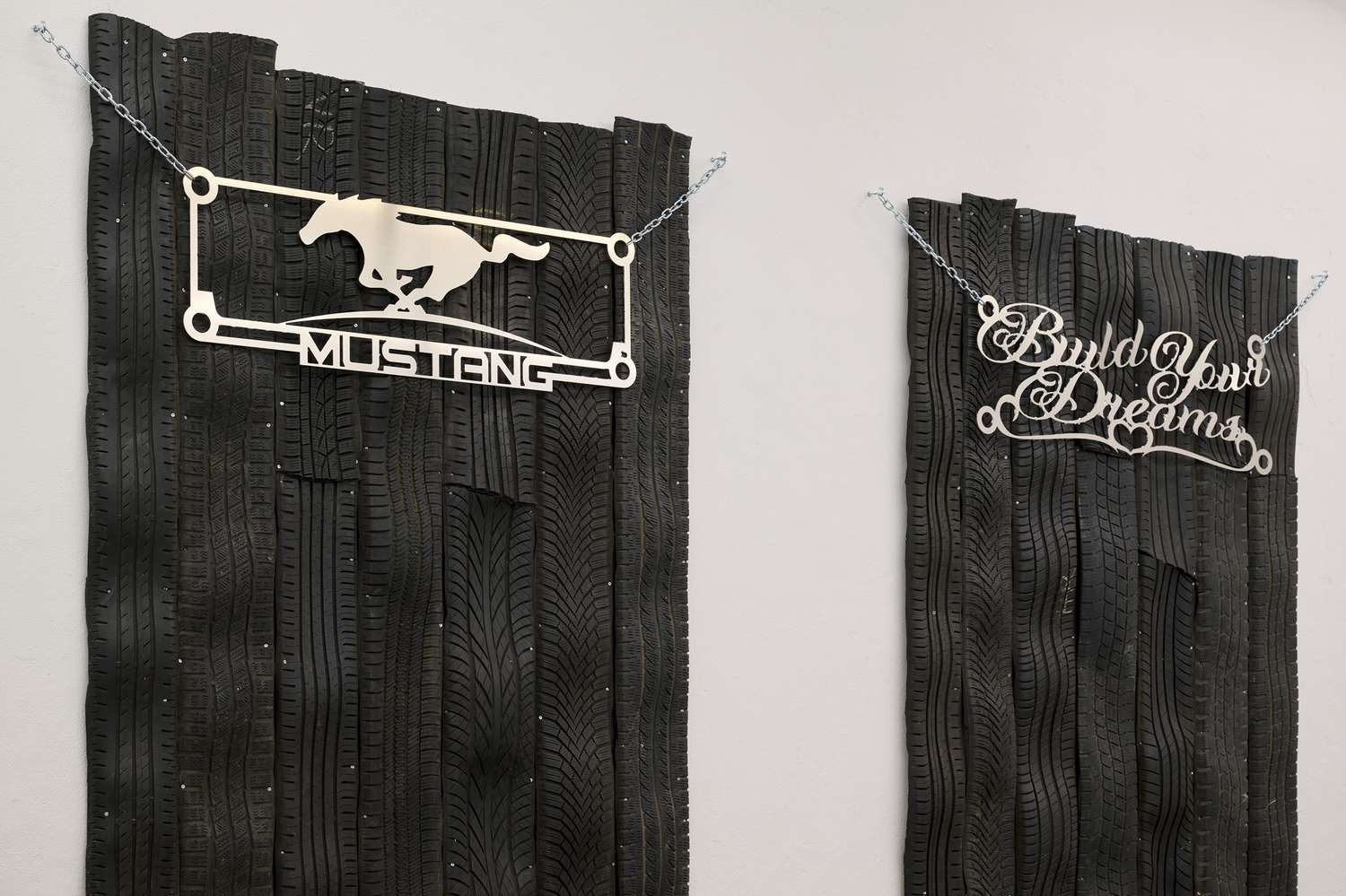
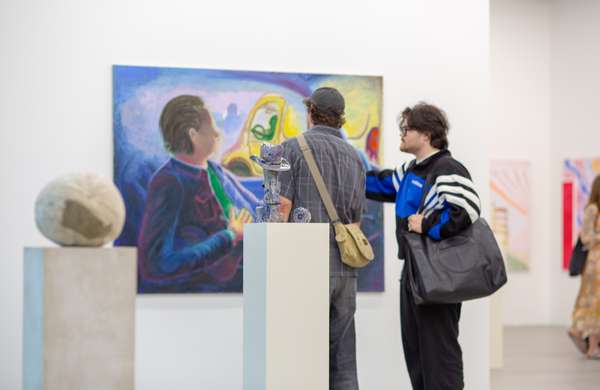



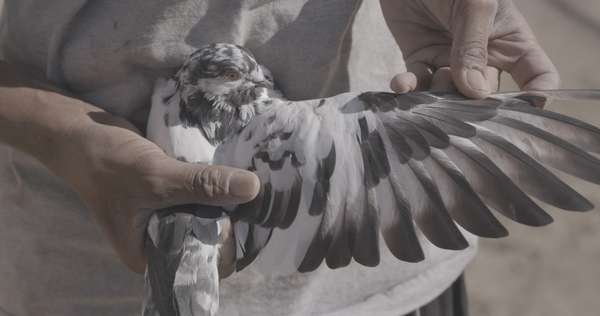
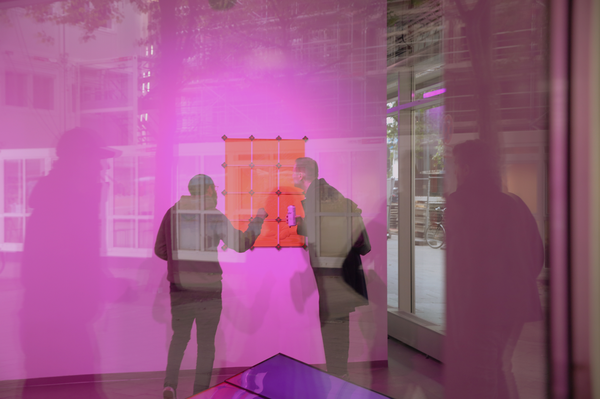


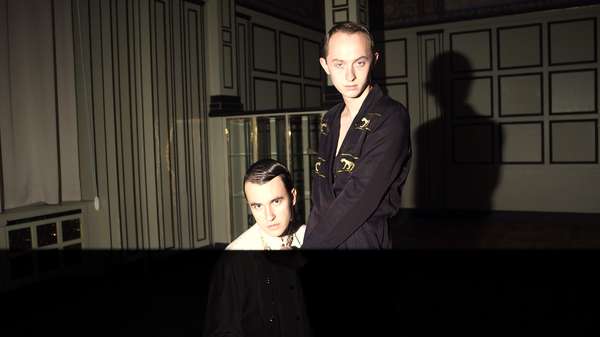
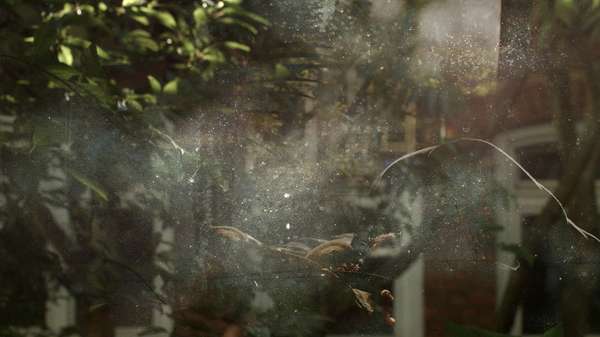
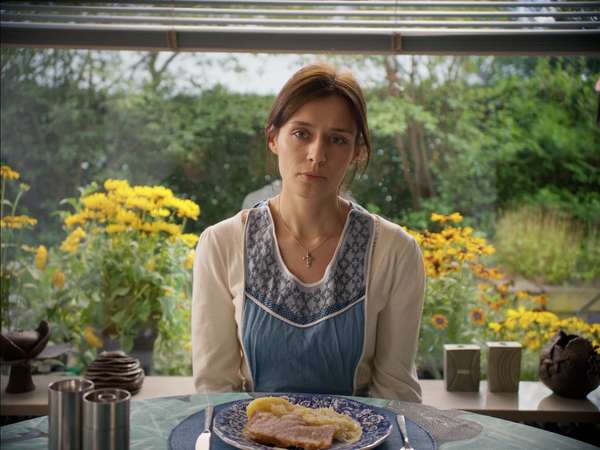
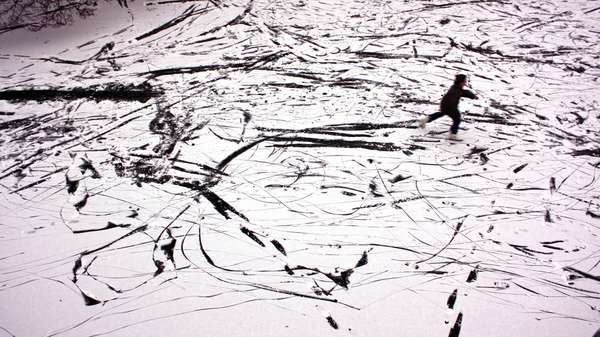
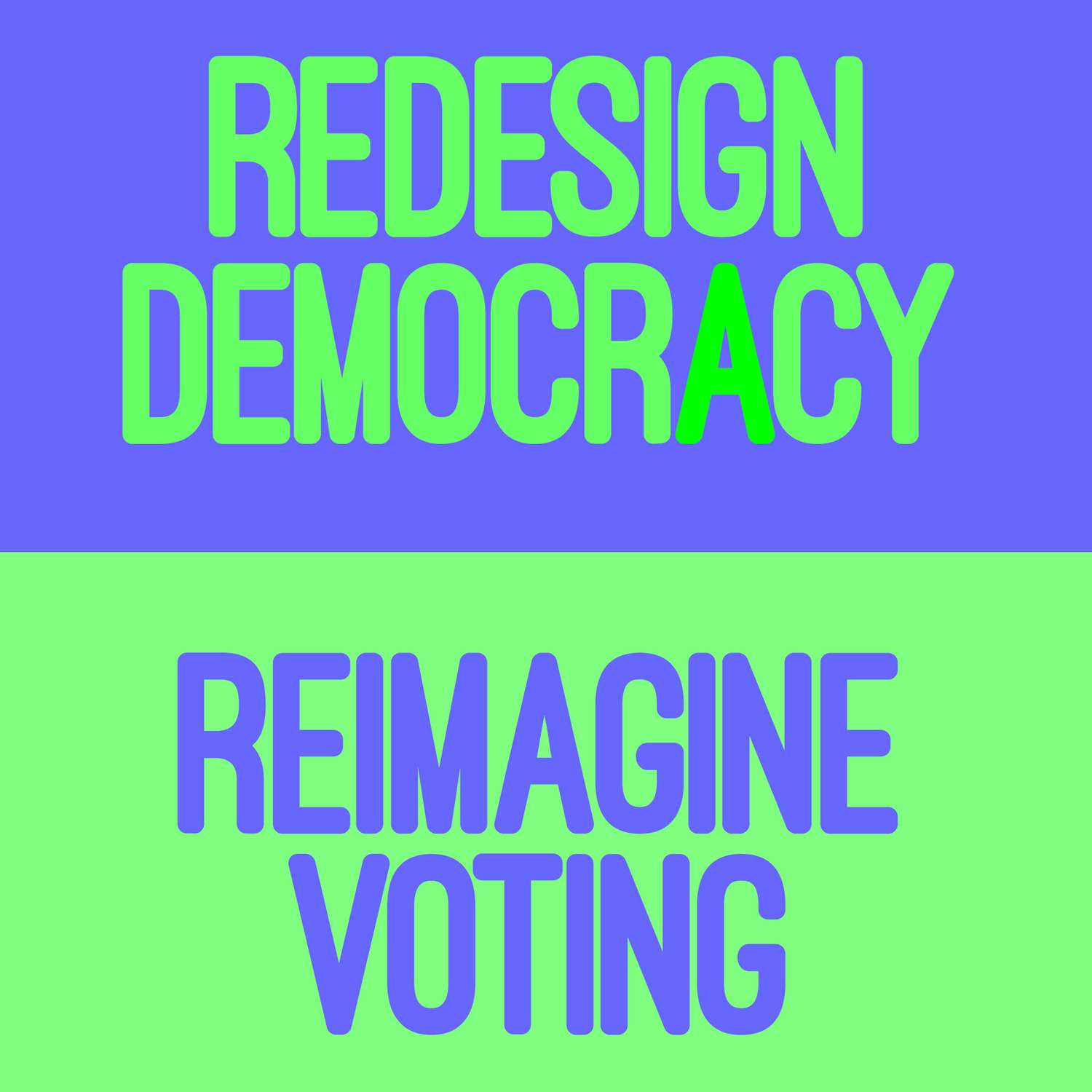

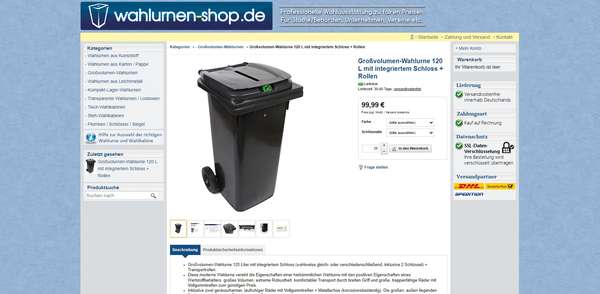

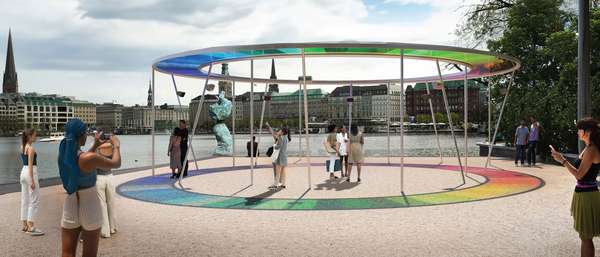

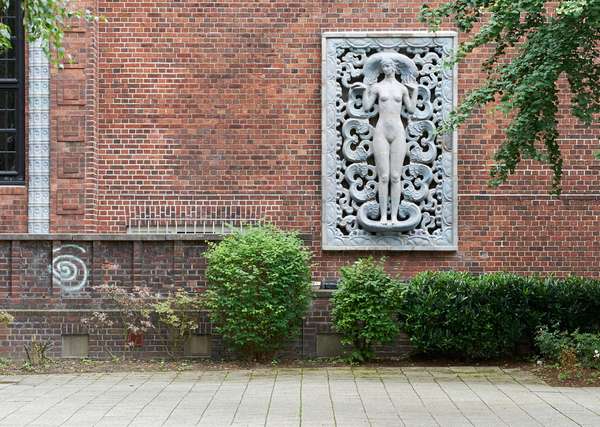
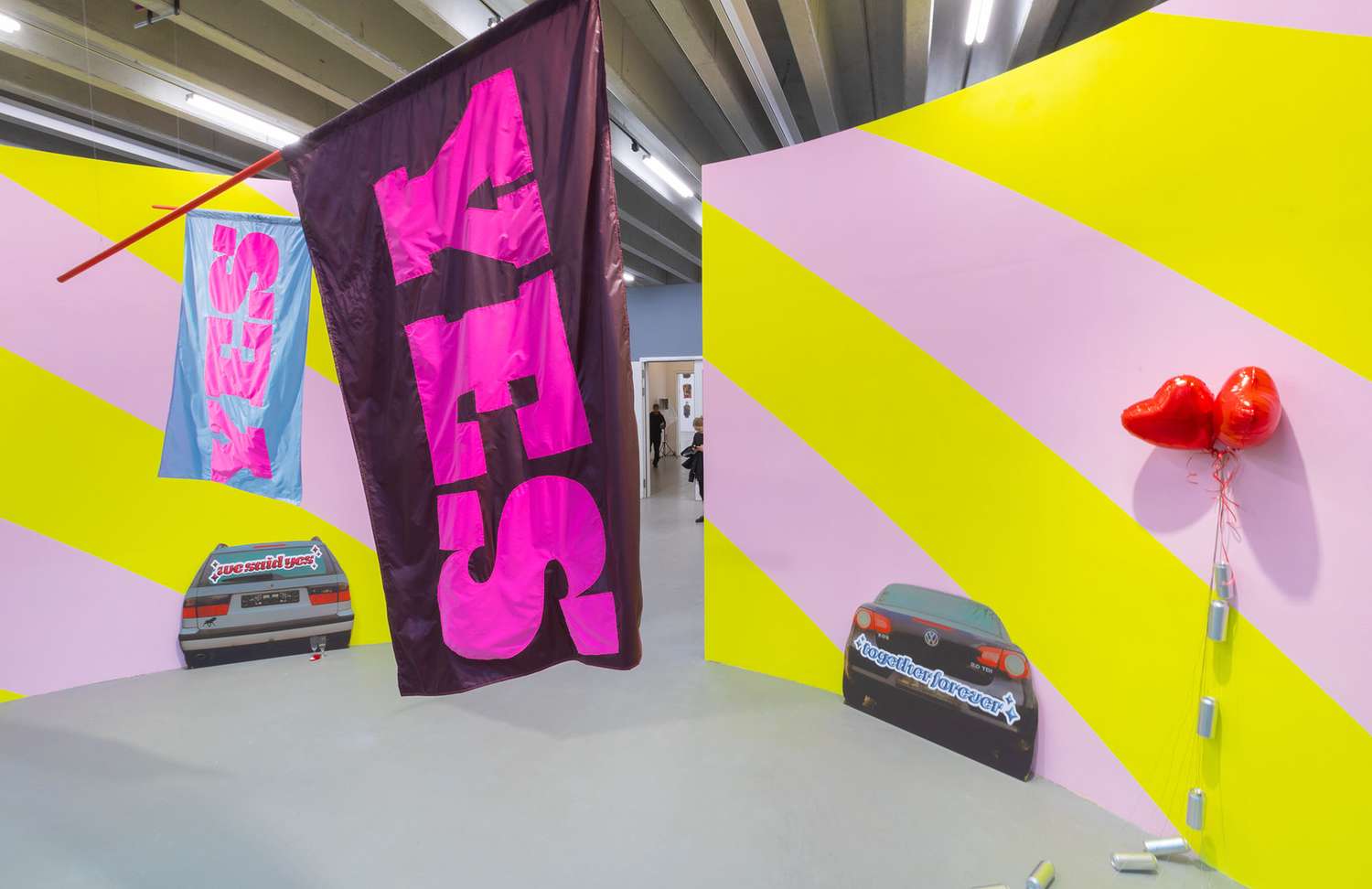
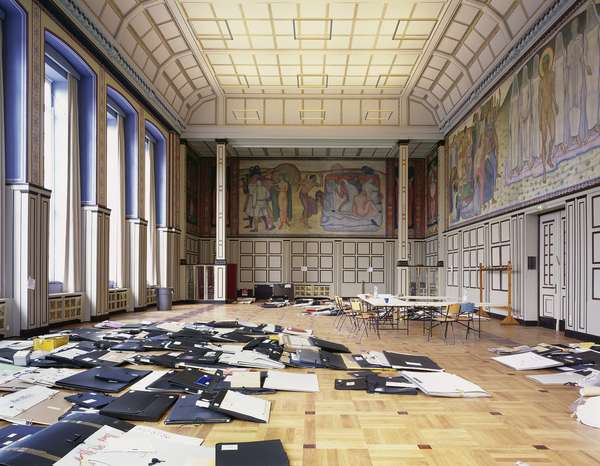
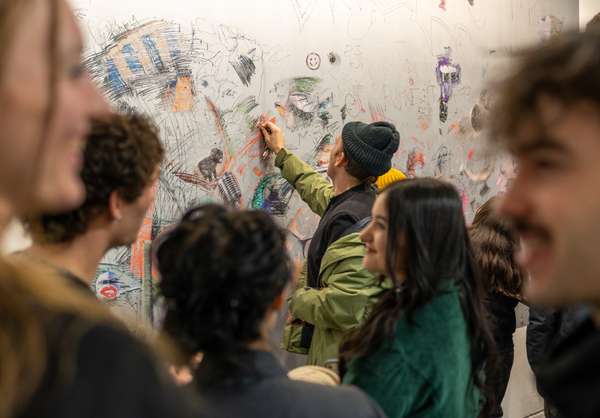
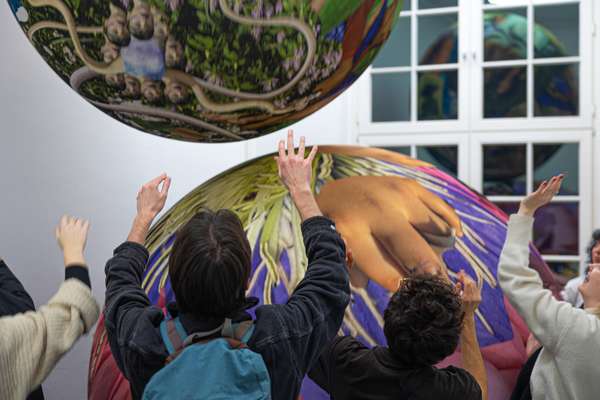



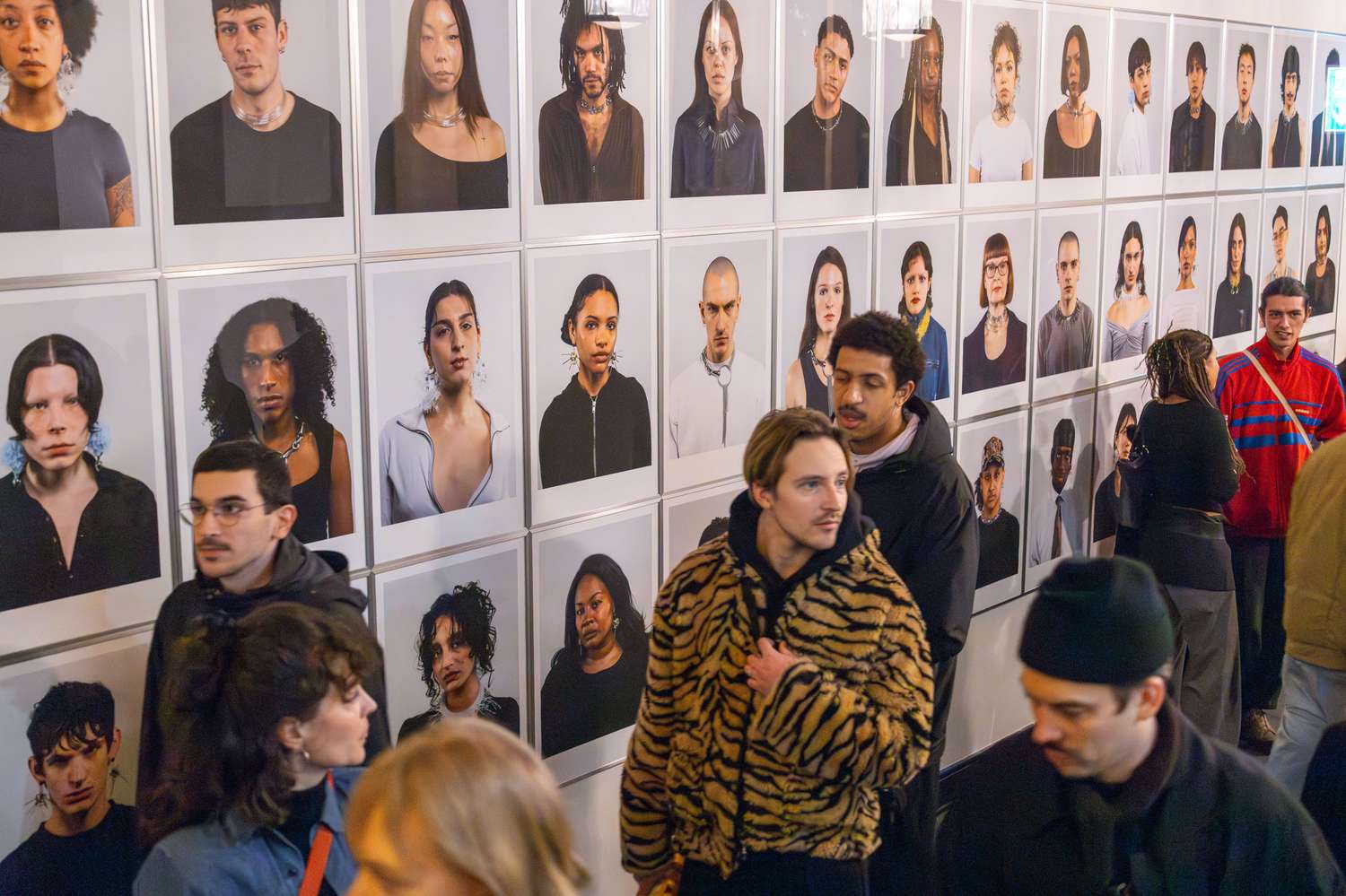
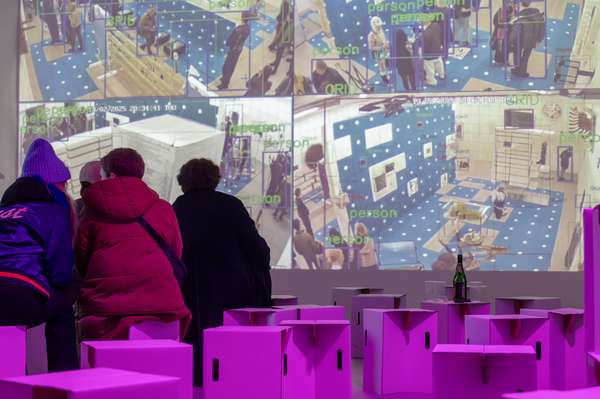
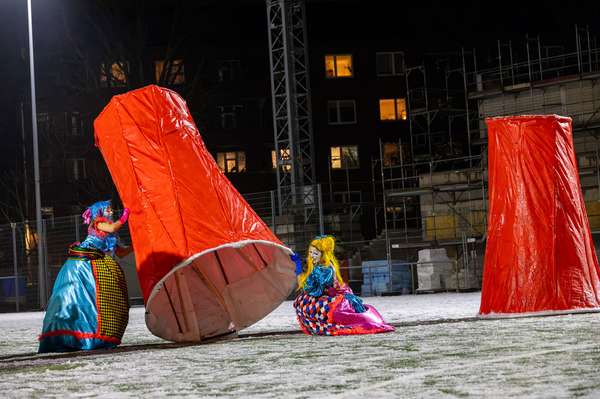
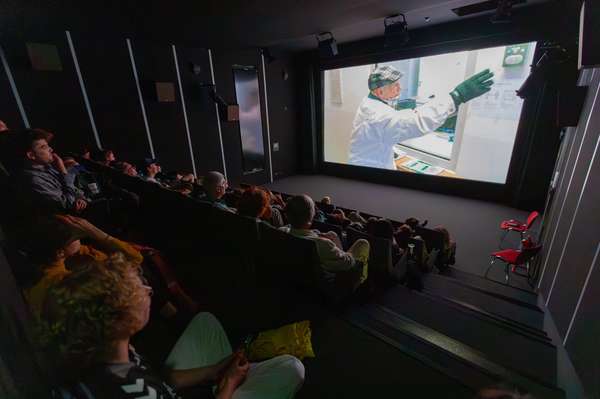
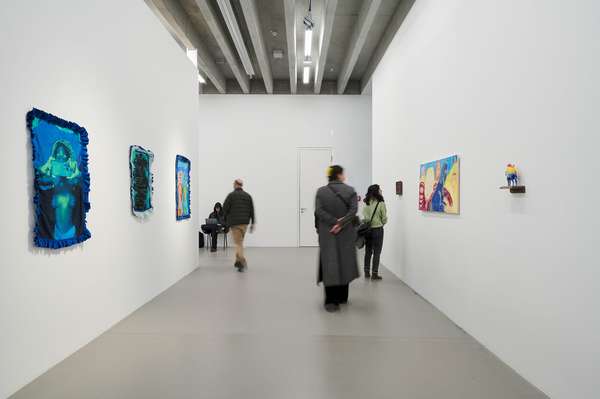
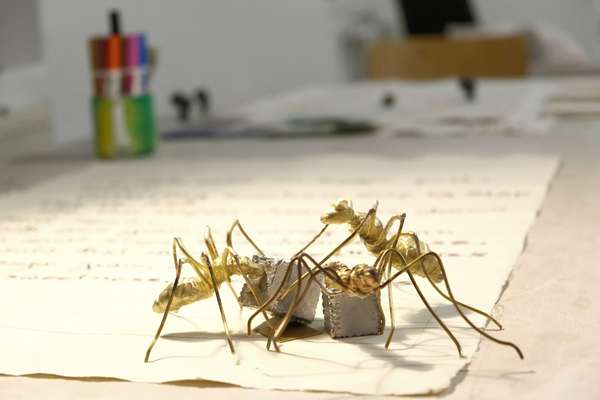
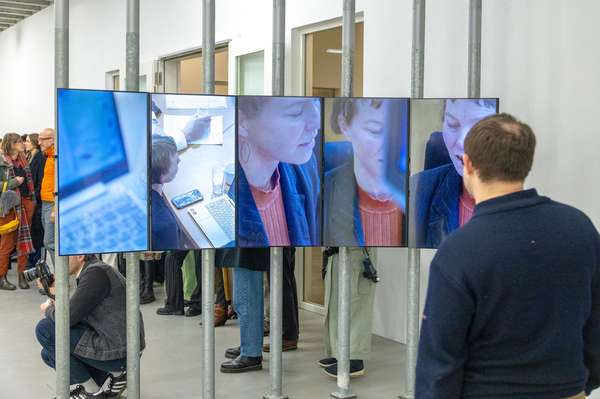
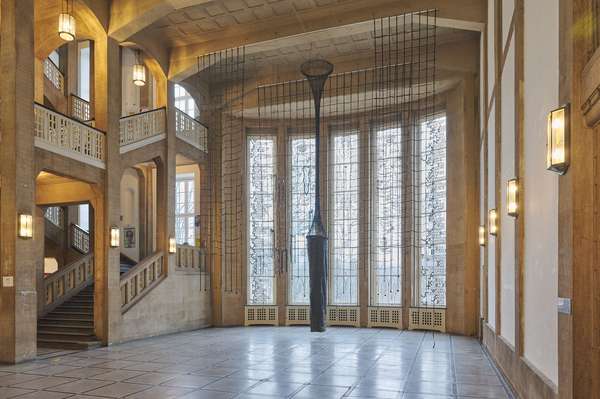
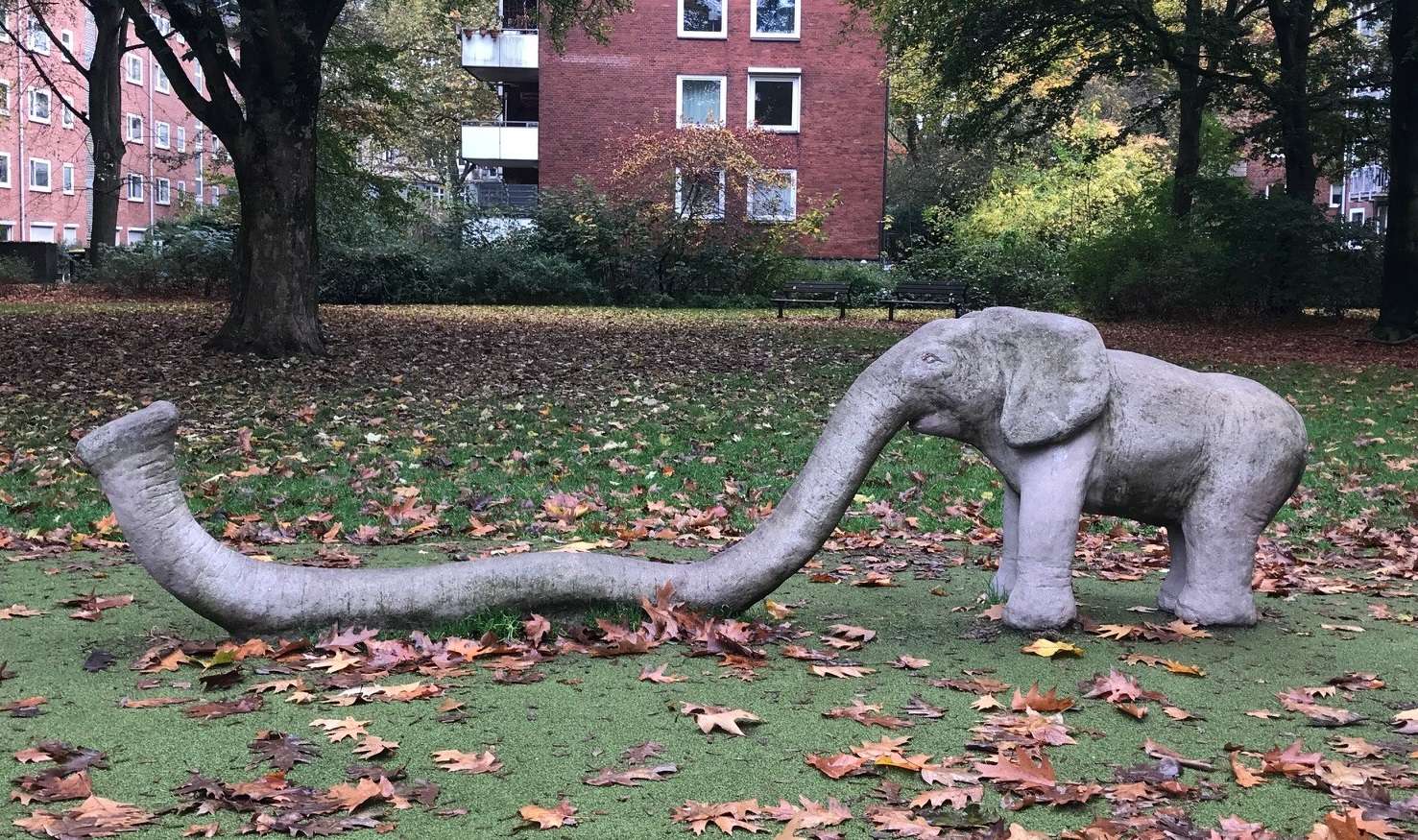
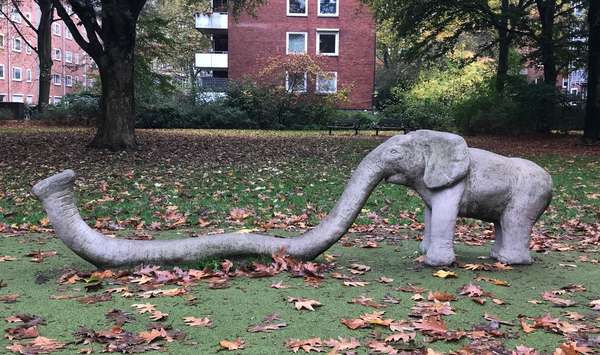
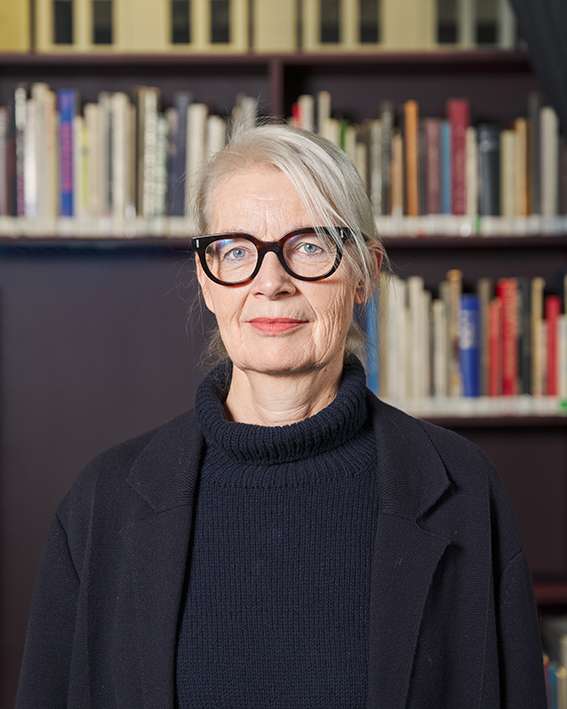
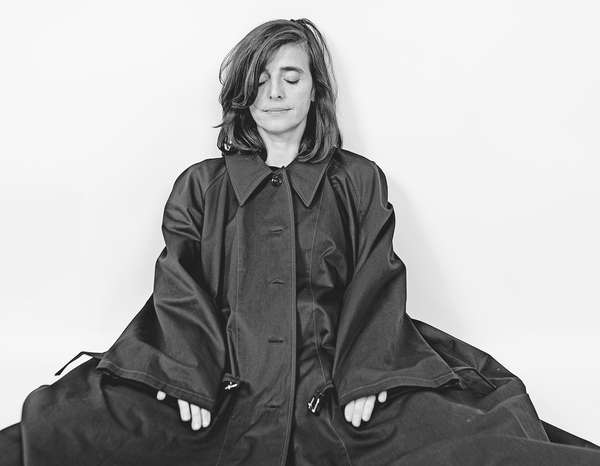
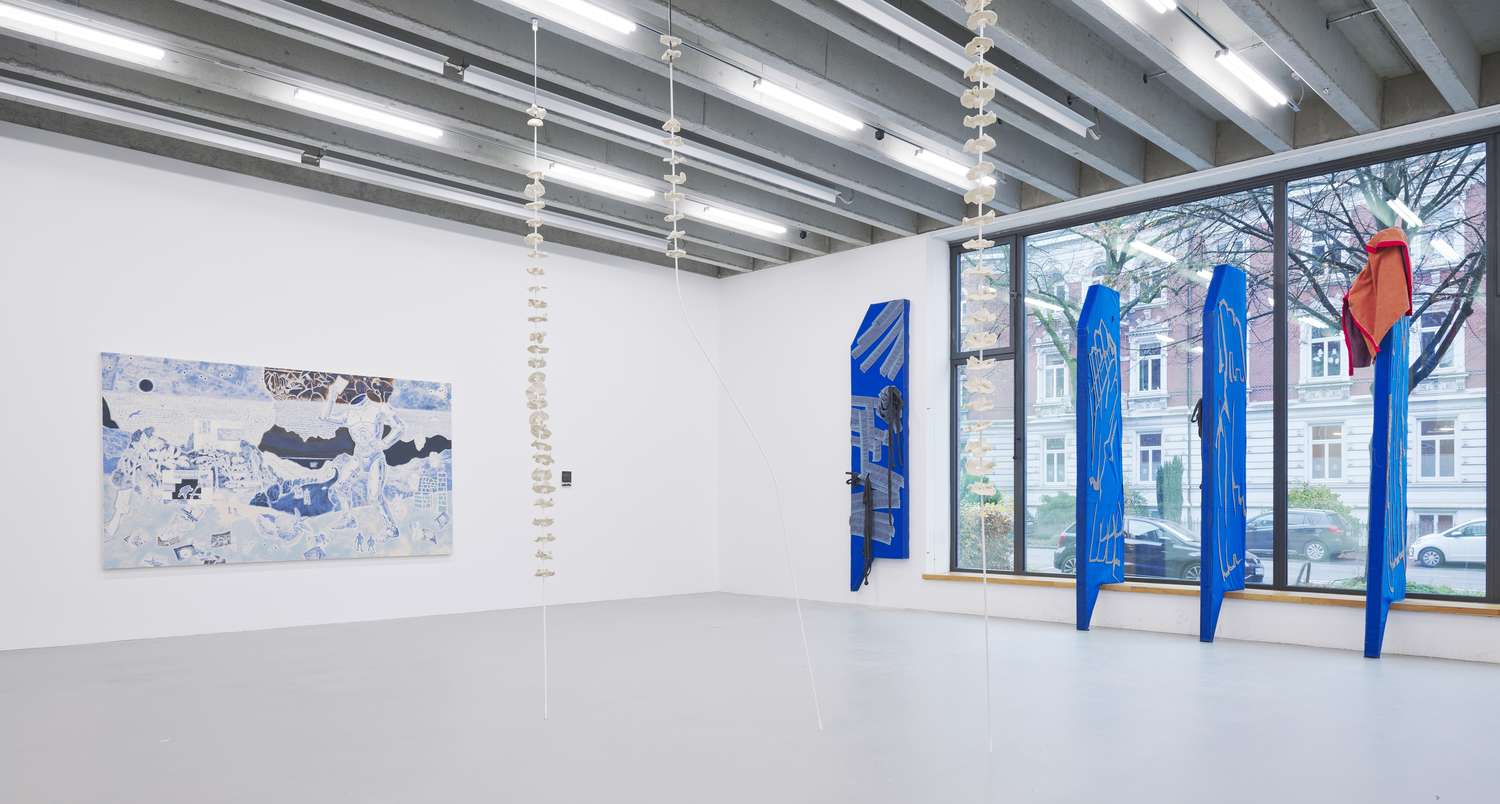
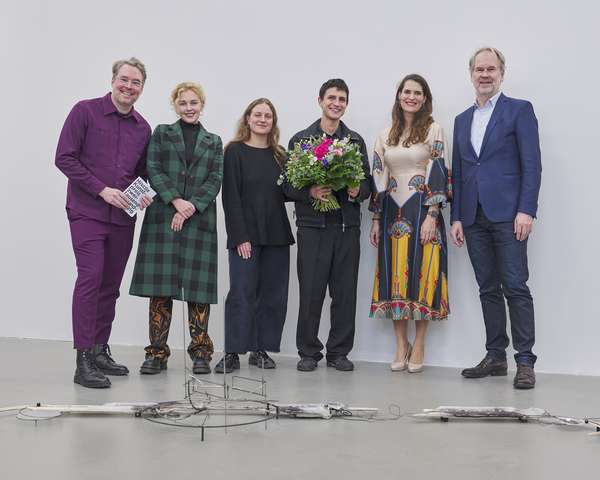
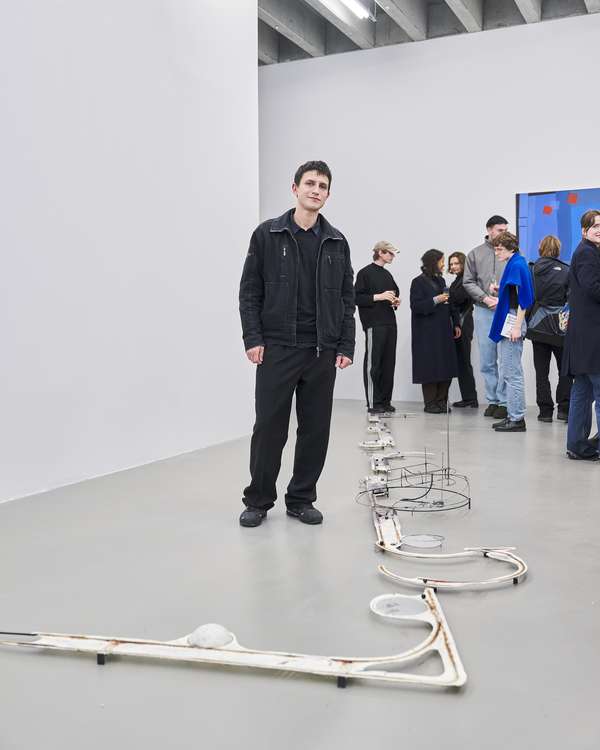
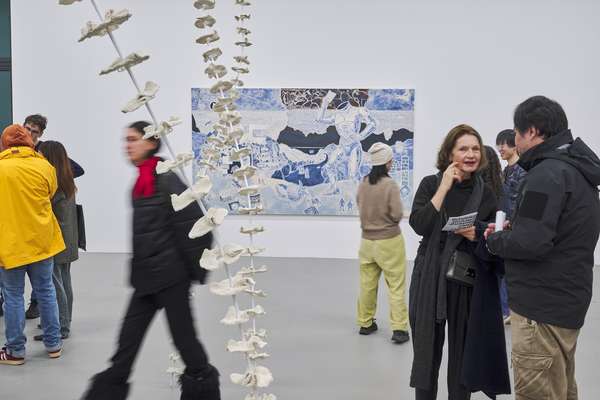
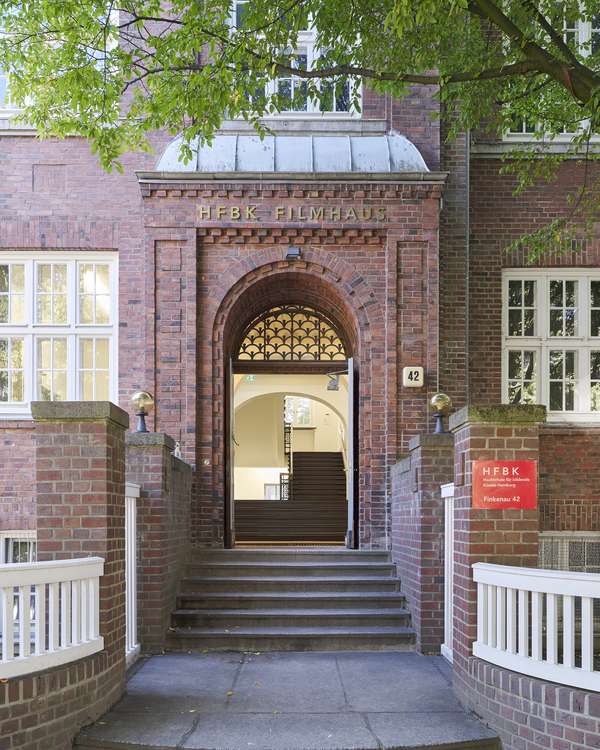
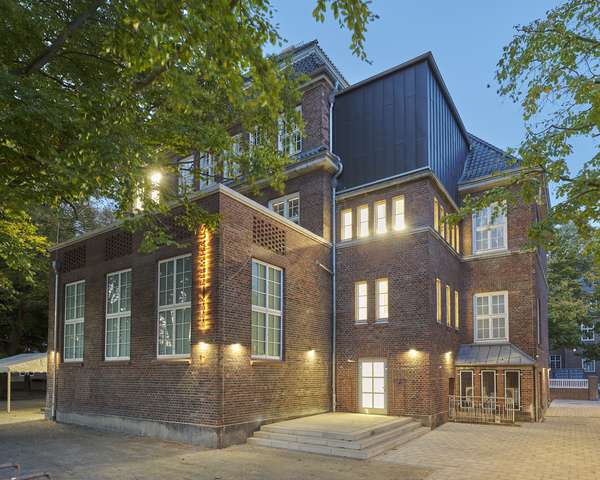
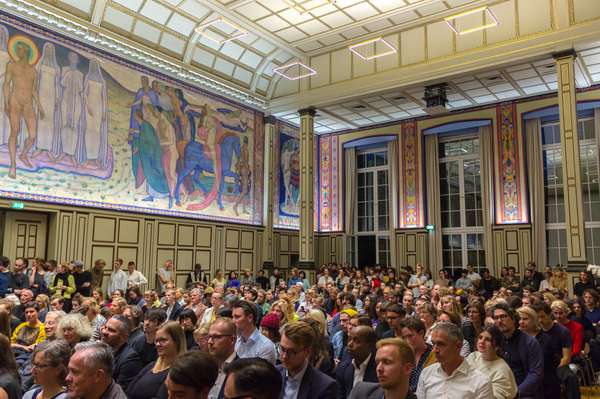
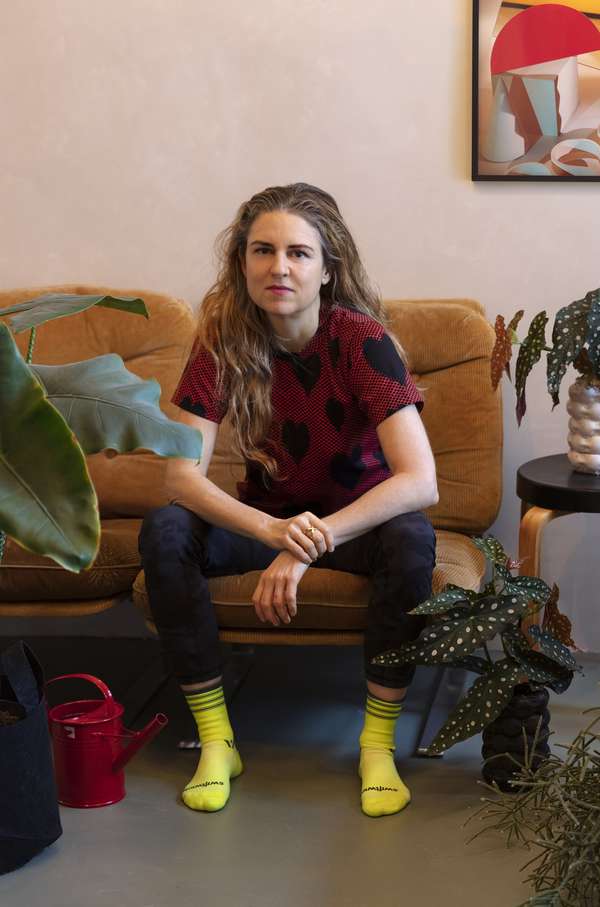
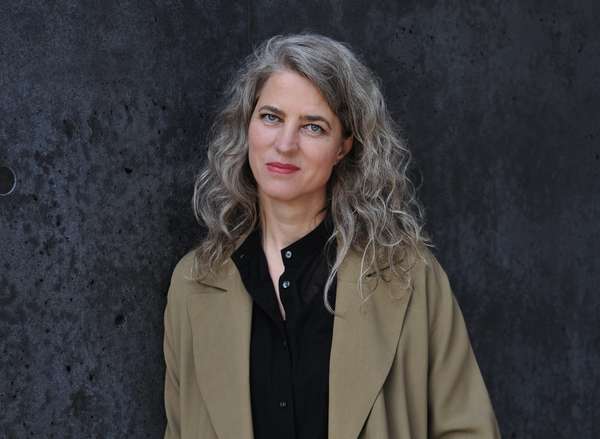
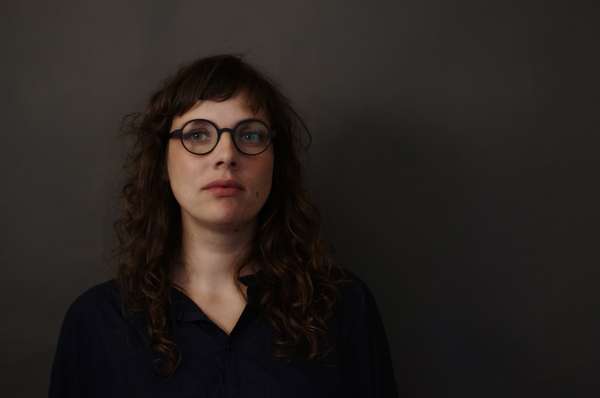
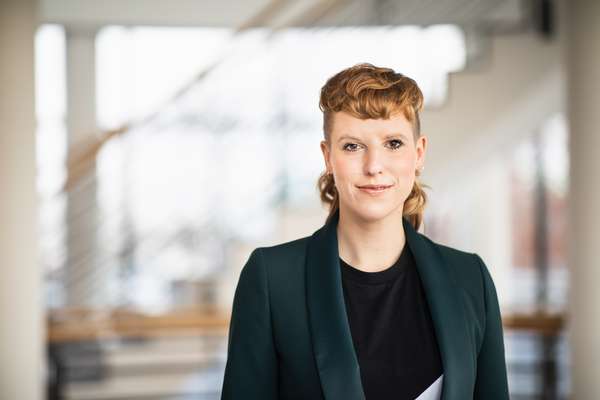
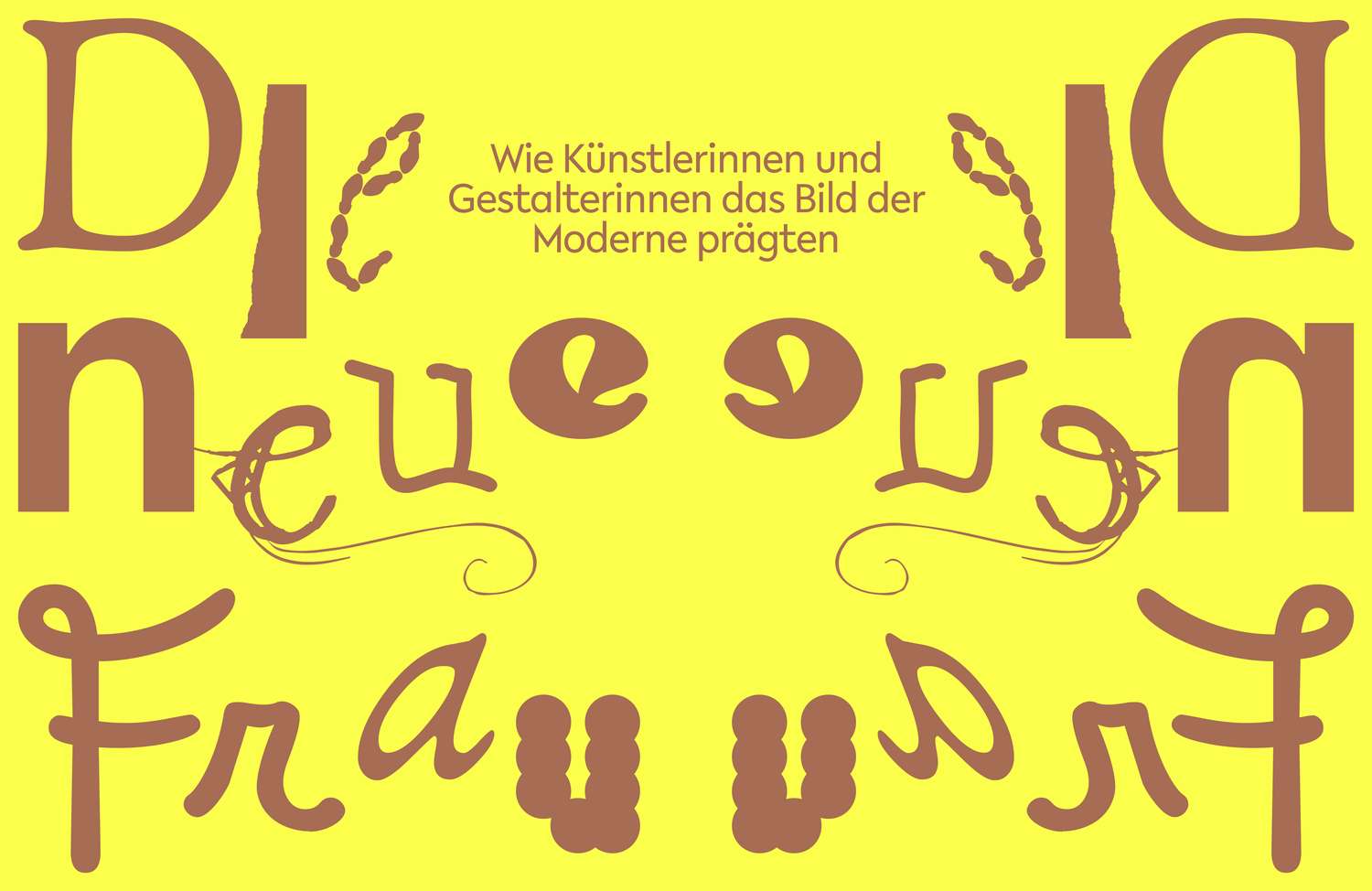
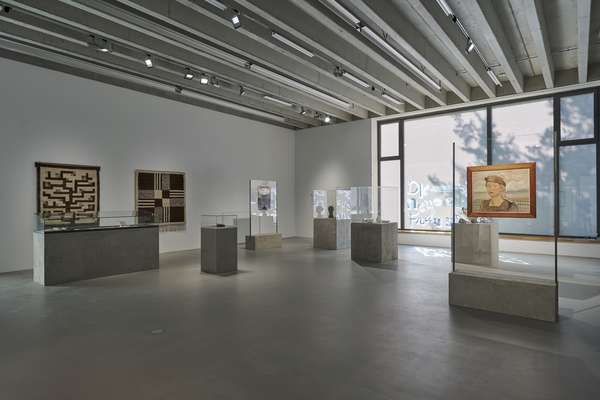
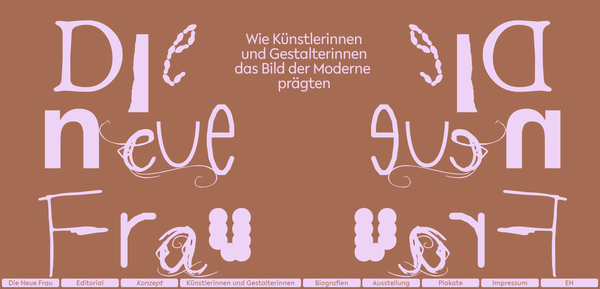
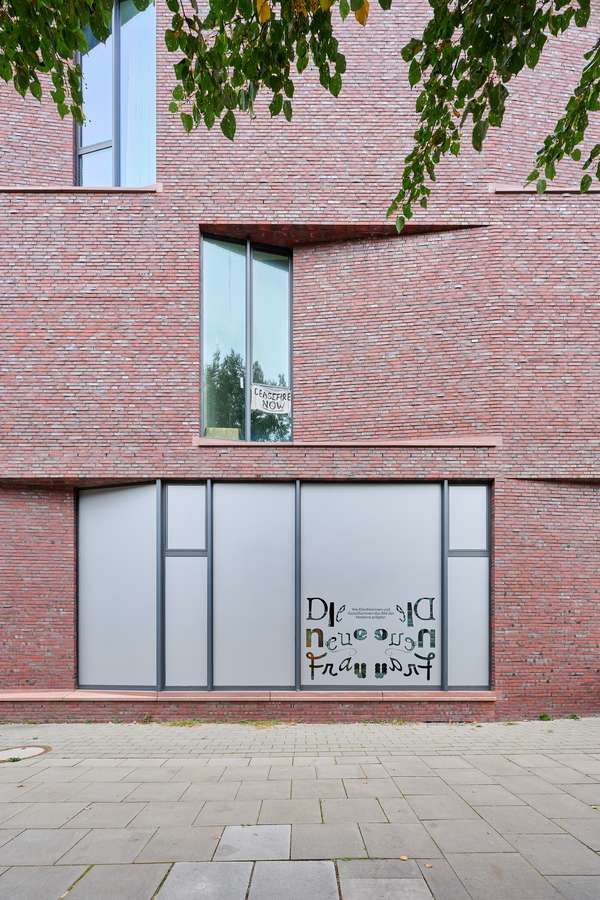
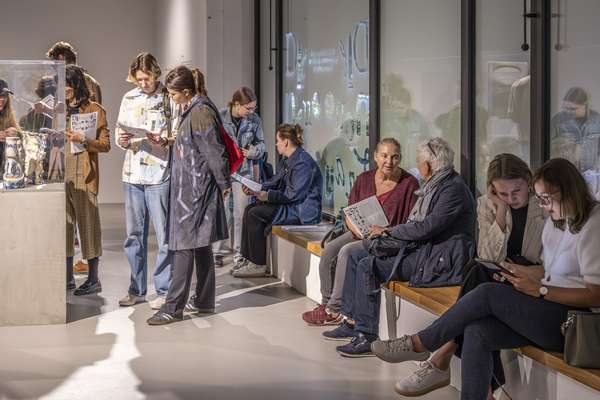

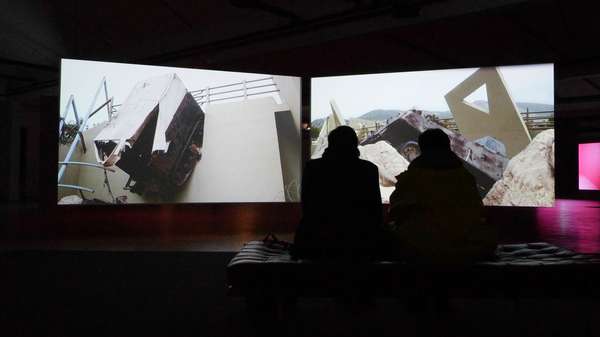
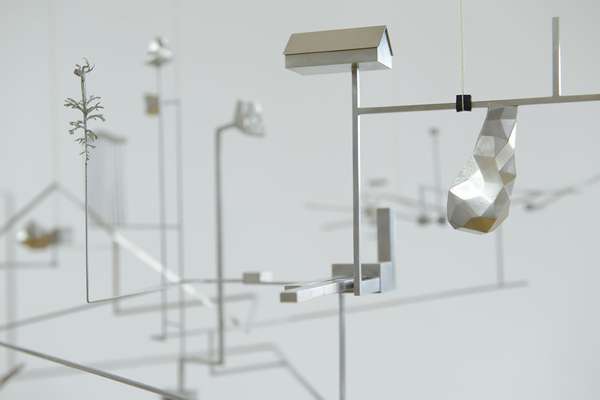
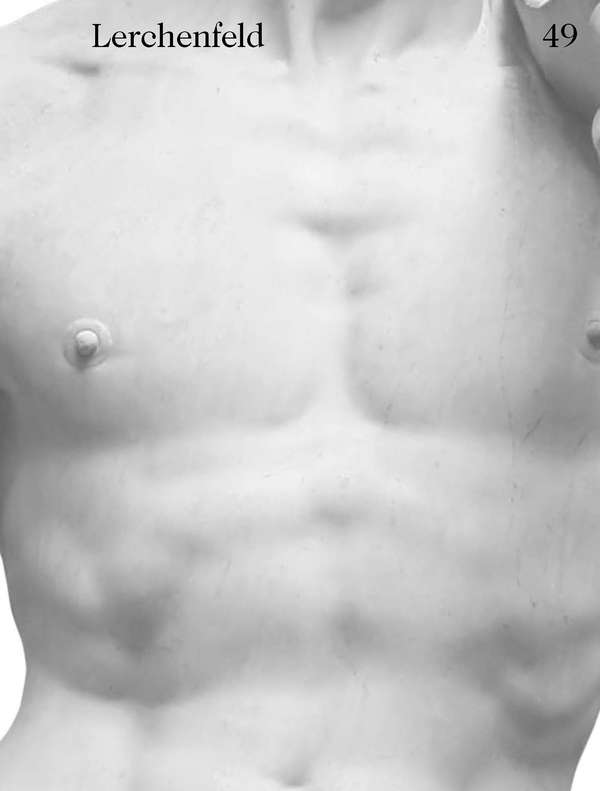
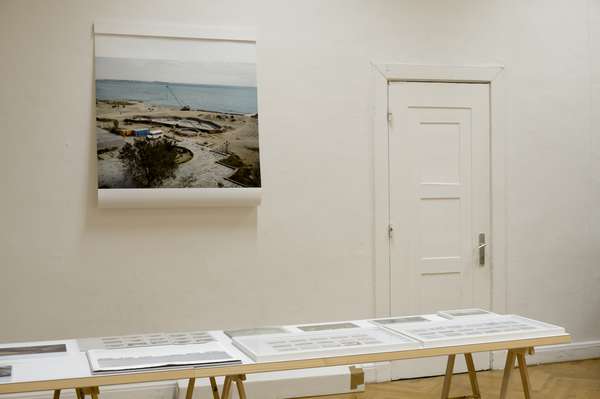
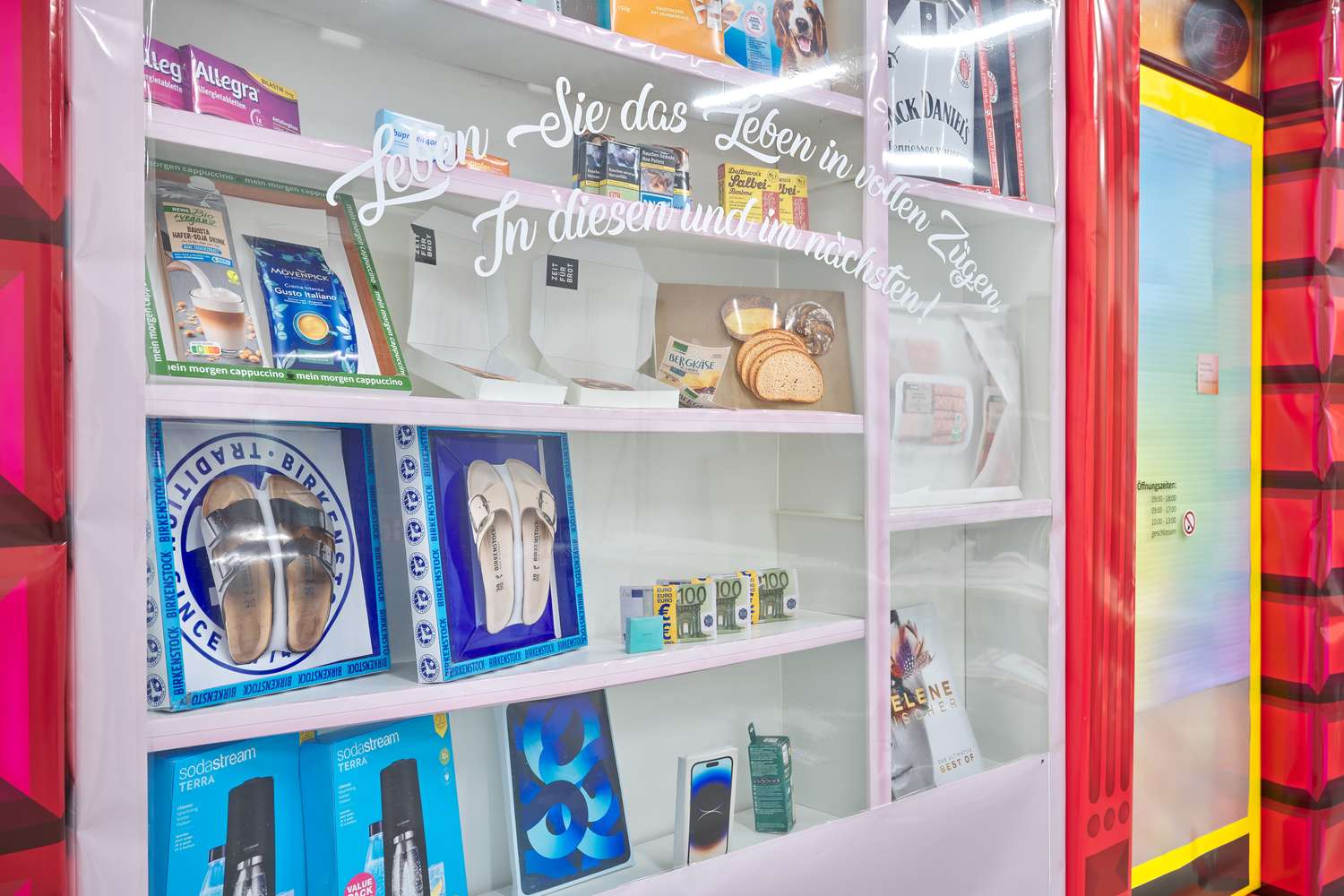
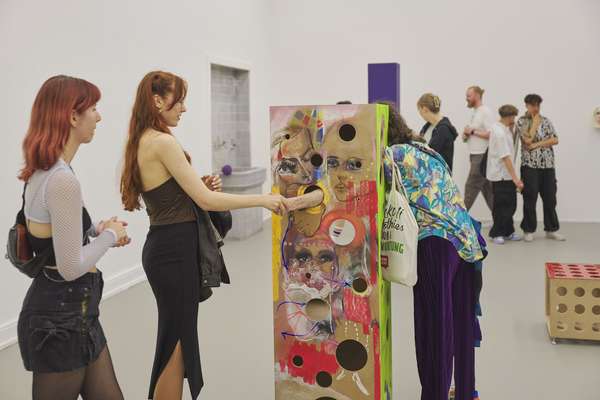
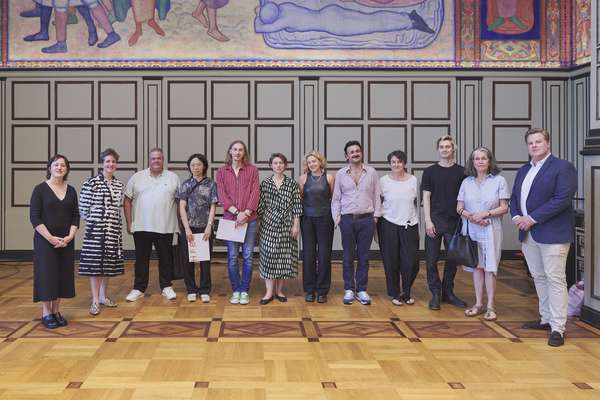


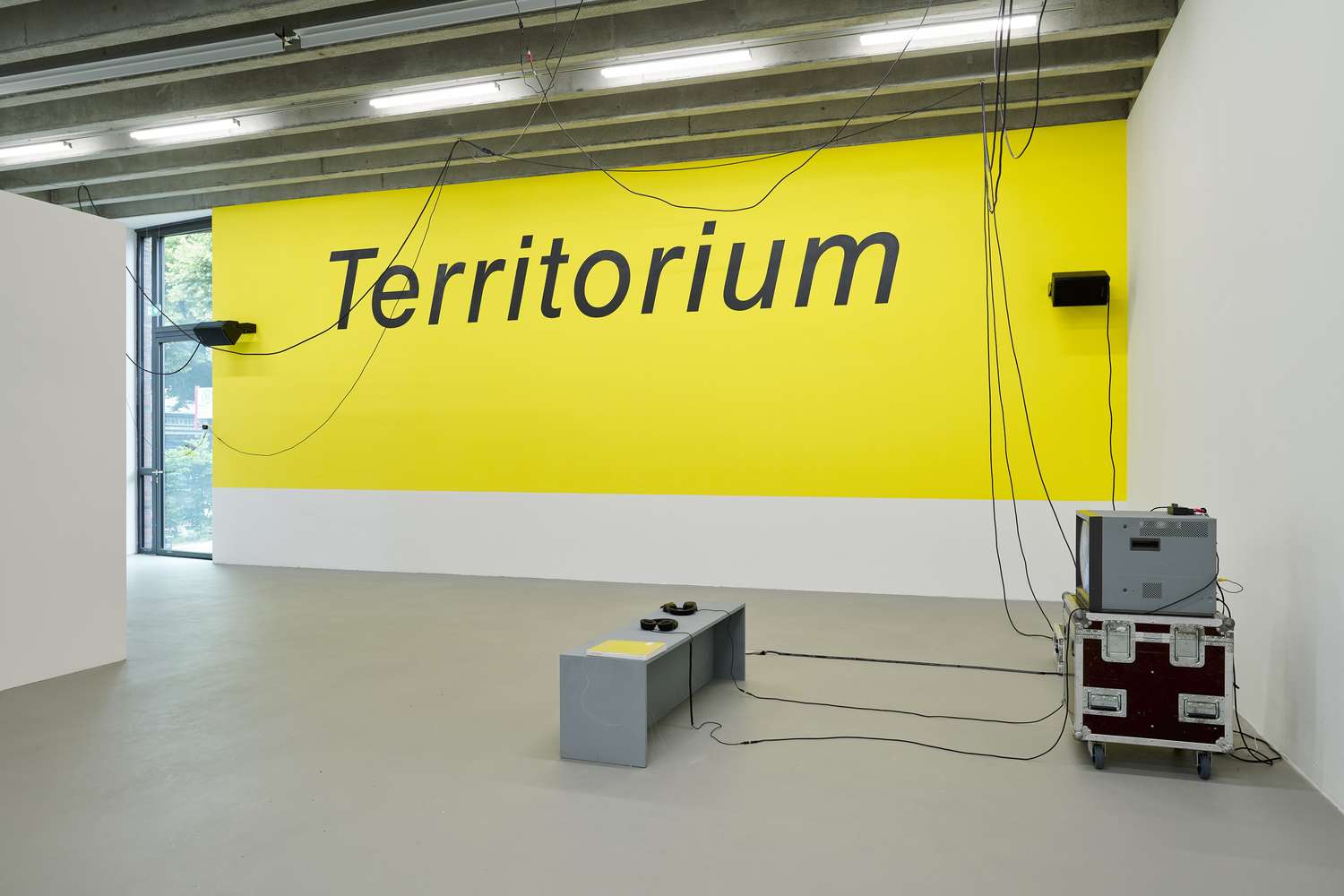

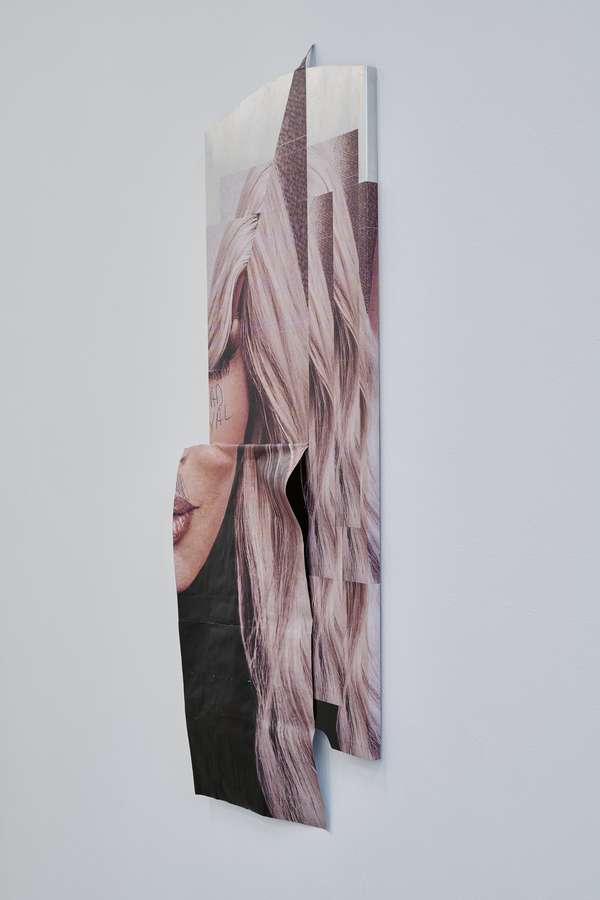



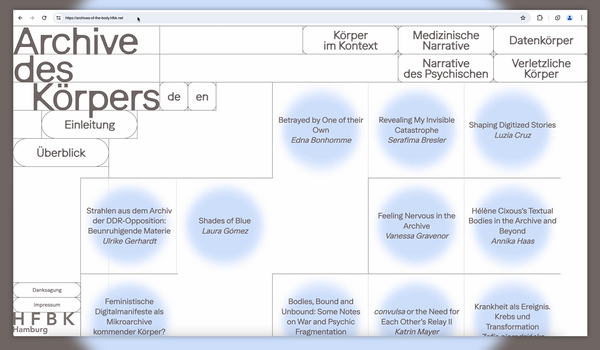






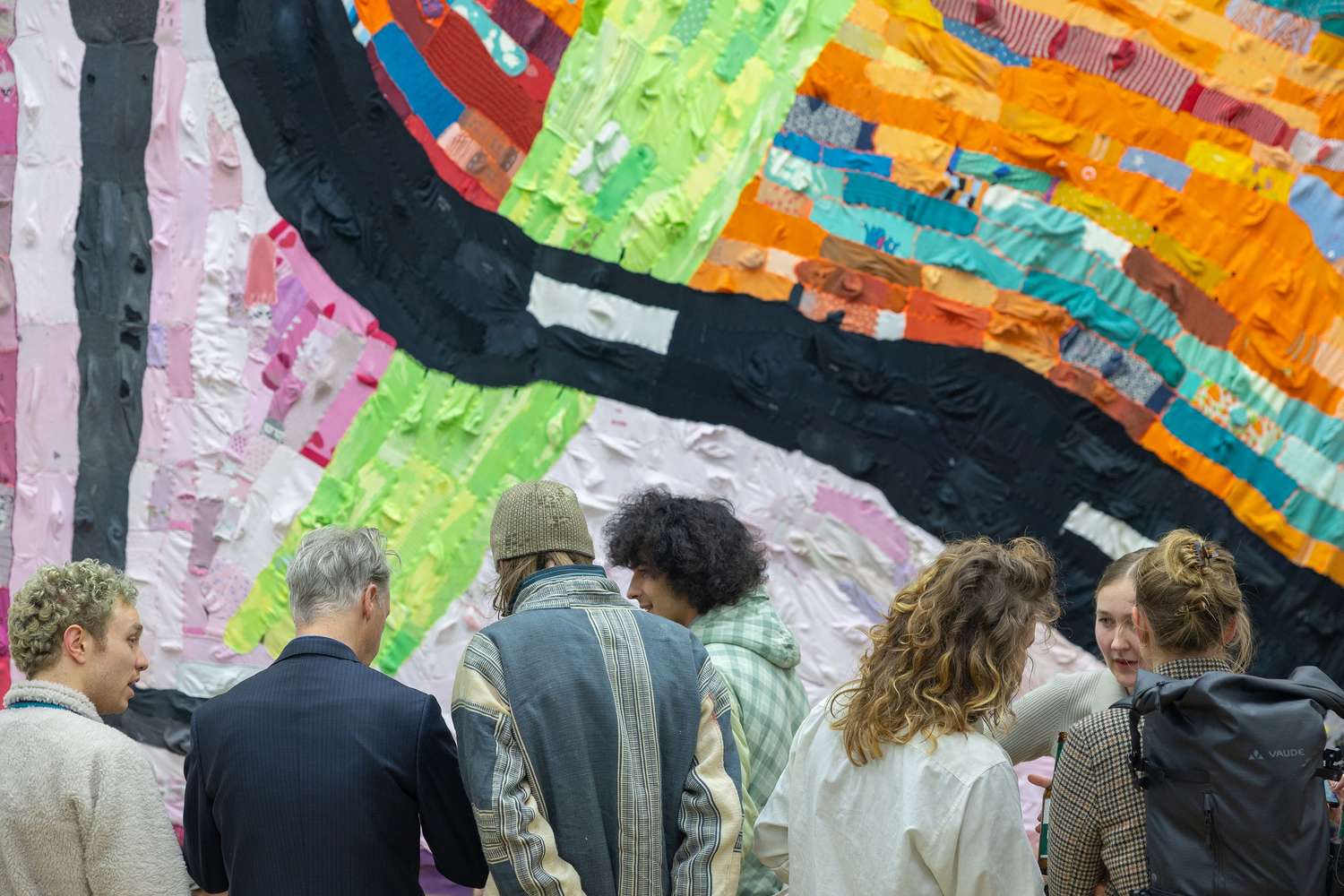








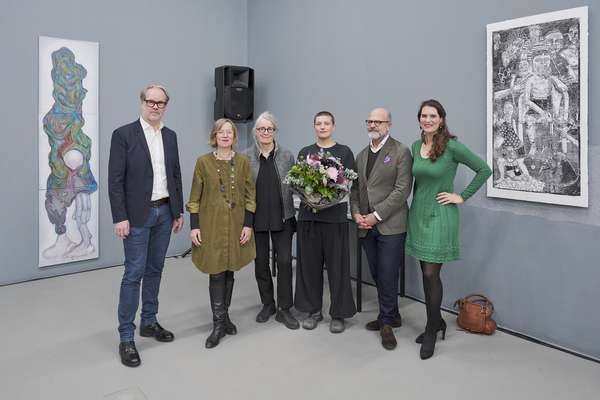


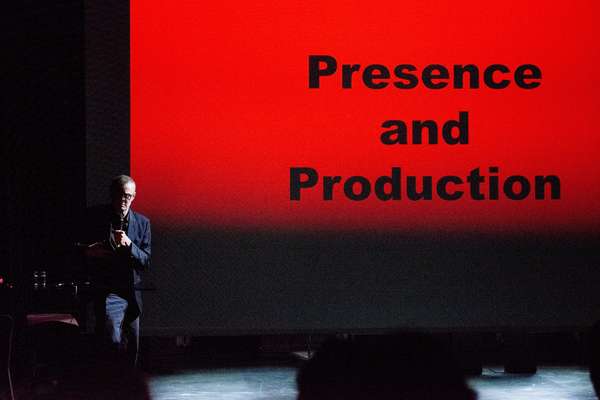



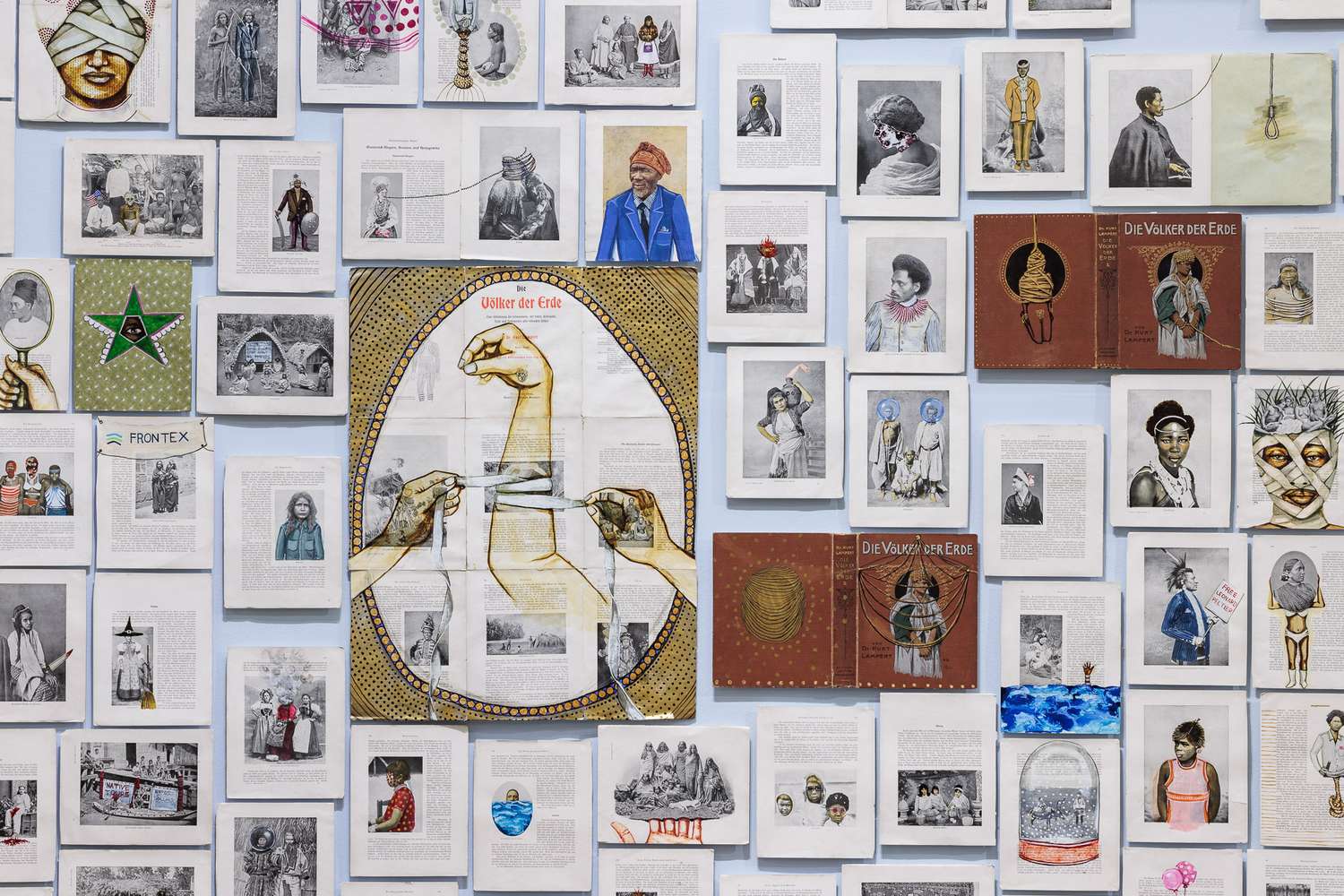









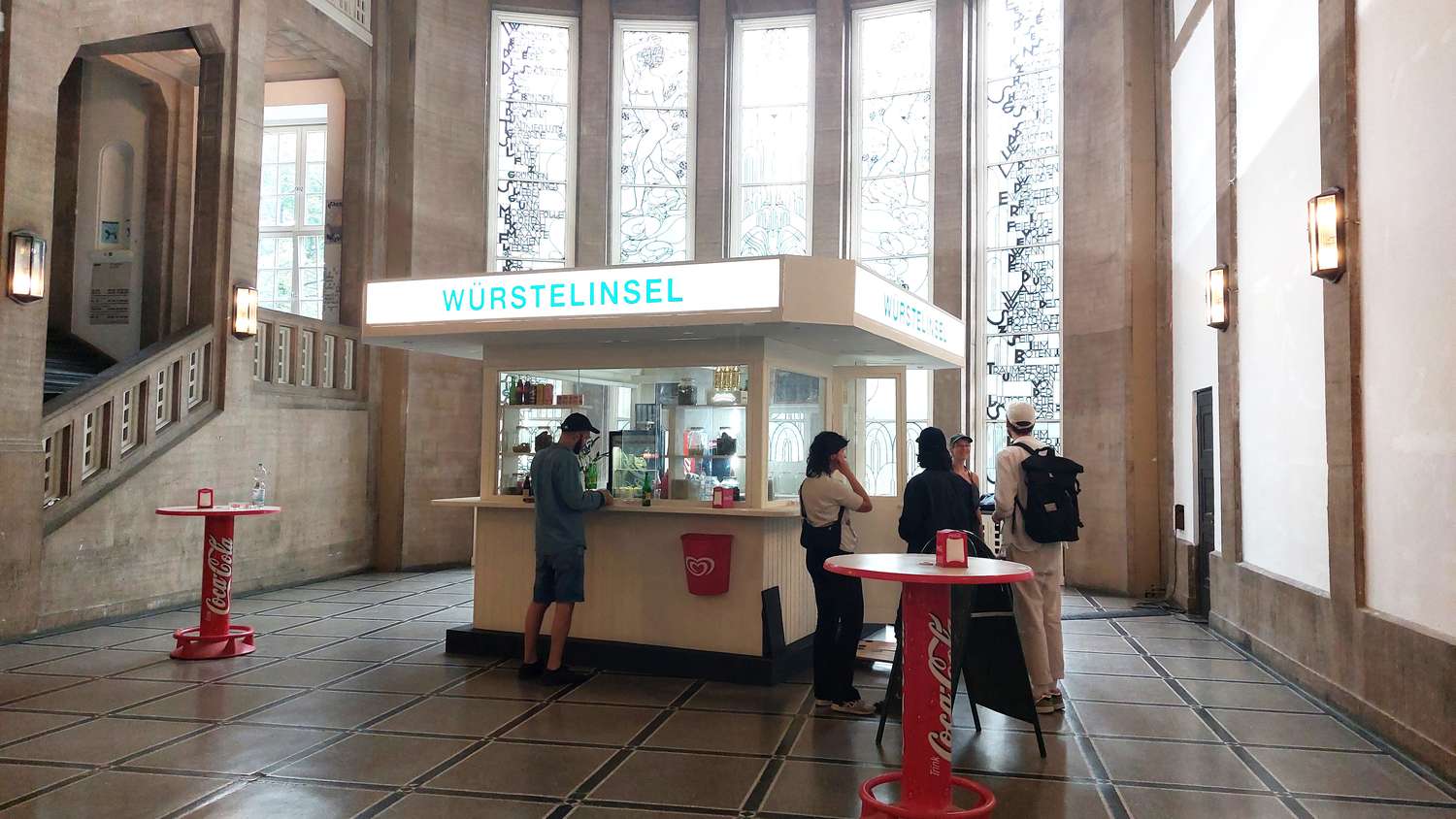








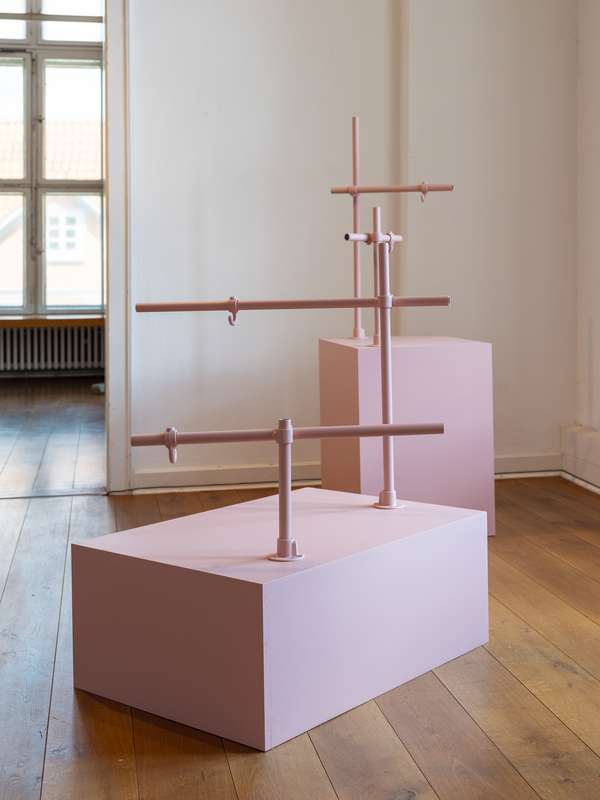

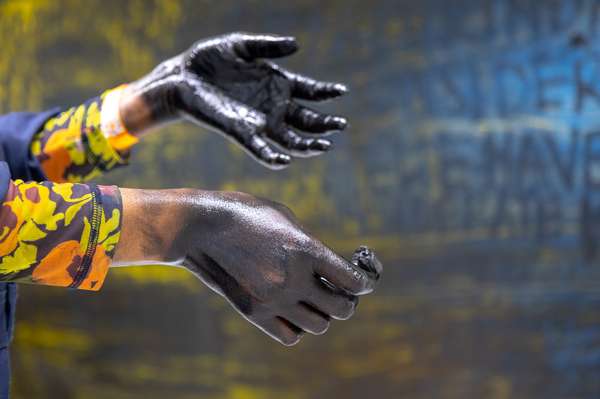




































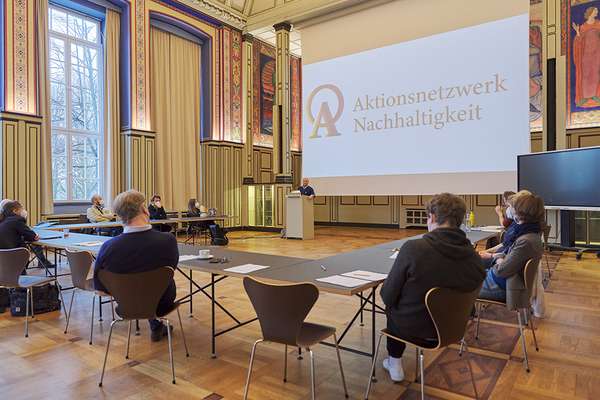






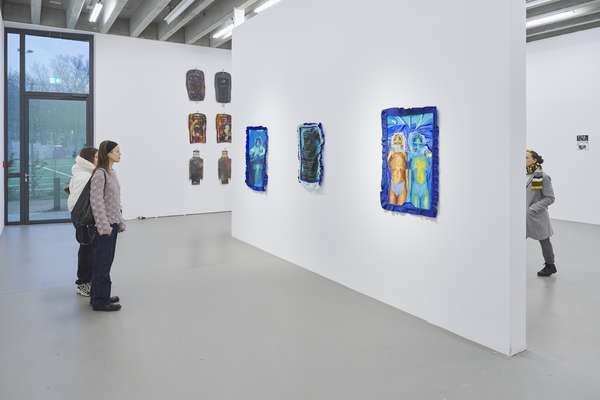








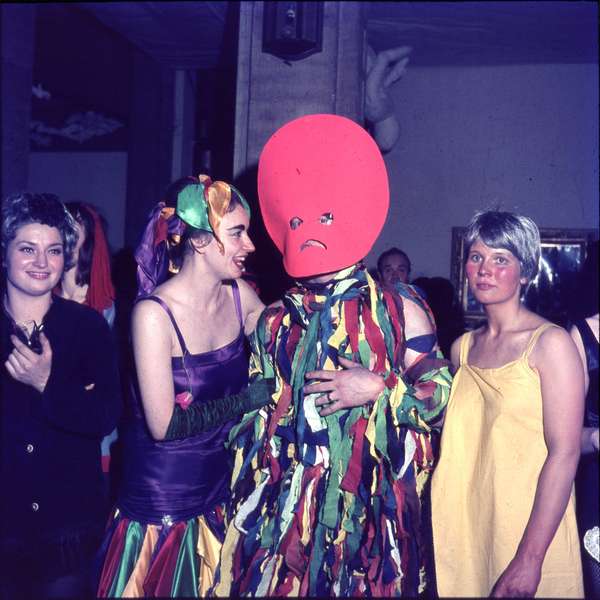

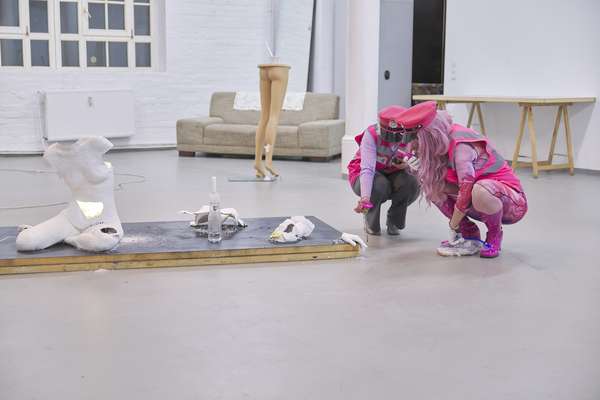







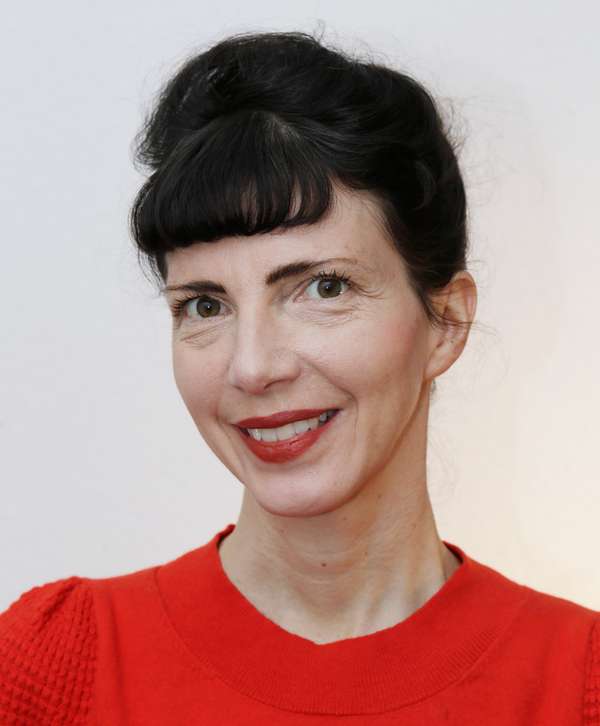
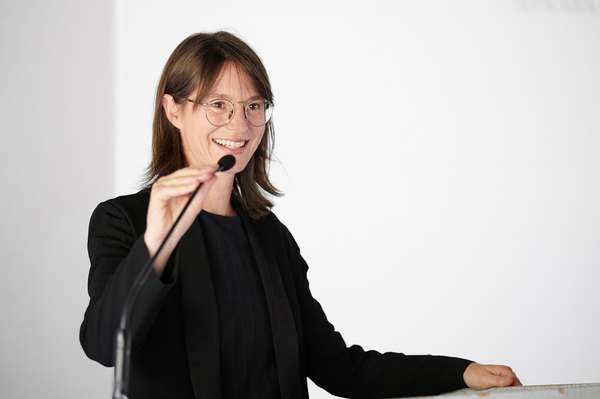




















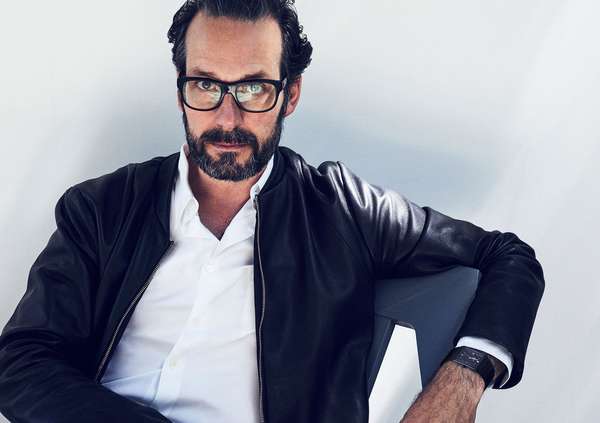







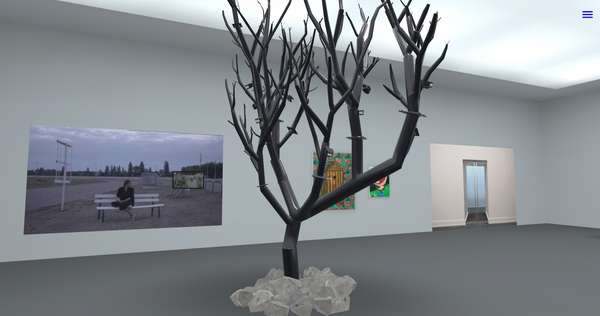
















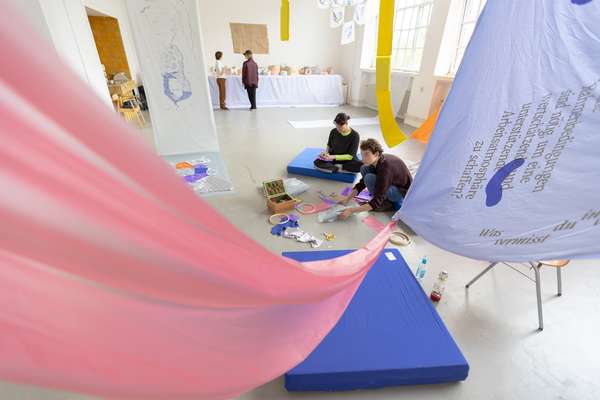

 Graduate Show 2025: Don't stop me now
Graduate Show 2025: Don't stop me now
 Long days, lots to do
Long days, lots to do
 Cine*Ami*es
Cine*Ami*es
 Redesign Democracy – competition for the ballot box of the democratic future
Redesign Democracy – competition for the ballot box of the democratic future
 Art in public space
Art in public space
 How to apply: study at HFBK Hamburg
How to apply: study at HFBK Hamburg
 Annual Exhibition 2025 at the HFBK Hamburg
Annual Exhibition 2025 at the HFBK Hamburg
 The Elephant in The Room – Sculpture today
The Elephant in The Room – Sculpture today
 Hiscox Art Prize 2024
Hiscox Art Prize 2024
 The New Woman
The New Woman
 Doing a PhD at the HFBK Hamburg
Doing a PhD at the HFBK Hamburg
 Graduate Show 2024 - Letting Go
Graduate Show 2024 - Letting Go
 Finkenwerder Art Prize 2024
Finkenwerder Art Prize 2024
 Archives of the Body - The Body in Archiving
Archives of the Body - The Body in Archiving
 New partnership with the School of Arts at the University of Haifa
New partnership with the School of Arts at the University of Haifa
 Annual Exhibition 2024 at the HFBK Hamburg
Annual Exhibition 2024 at the HFBK Hamburg
 (Ex)Changes of / in Art
(Ex)Changes of / in Art
 Extended Libraries
Extended Libraries
 And Still I Rise
And Still I Rise
 Let's talk about language
Let's talk about language
 Graduate Show 2023: Unfinished Business
Graduate Show 2023: Unfinished Business
 Let`s work together
Let`s work together
 Annual Exhibition 2023 at HFBK Hamburg
Annual Exhibition 2023 at HFBK Hamburg
 Symposium: Controversy over documenta fifteen
Symposium: Controversy over documenta fifteen
 Festival and Symposium: Non-Knowledge, Laughter and the Moving Image
Festival and Symposium: Non-Knowledge, Laughter and the Moving Image
 Solo exhibition by Konstantin Grcic
Solo exhibition by Konstantin Grcic
 Art and war
Art and war
 Graduate Show 2022: We’ve Only Just Begun
Graduate Show 2022: We’ve Only Just Begun
 June is full of art and theory
June is full of art and theory
 Finkenwerder Art Prize 2022
Finkenwerder Art Prize 2022
 Nachhaltigkeit im Kontext von Kunst und Kunsthochschule
Nachhaltigkeit im Kontext von Kunst und Kunsthochschule
 Raum für die Kunst
Raum für die Kunst
 Annual Exhibition 2022 at the HFBK
Annual Exhibition 2022 at the HFBK
 Conference: Counter-Monuments and Para-Monuments.
Conference: Counter-Monuments and Para-Monuments.
 Diversity
Diversity
 Live und in Farbe: die ASA Open Studios im Juni 2021
Live und in Farbe: die ASA Open Studios im Juni 2021
 Unlearning: Wartenau Assemblies
Unlearning: Wartenau Assemblies
 School of No Consequences
School of No Consequences
 Annual Exhibition 2021 at the HFBK
Annual Exhibition 2021 at the HFBK
 Semestereröffnung und Hiscox-Preisverleihung 2020
Semestereröffnung und Hiscox-Preisverleihung 2020
 Teaching Art Online at the HFBK
Teaching Art Online at the HFBK
 HFBK Graduate Survey
HFBK Graduate Survey
 How political is Social Design?
How political is Social Design?